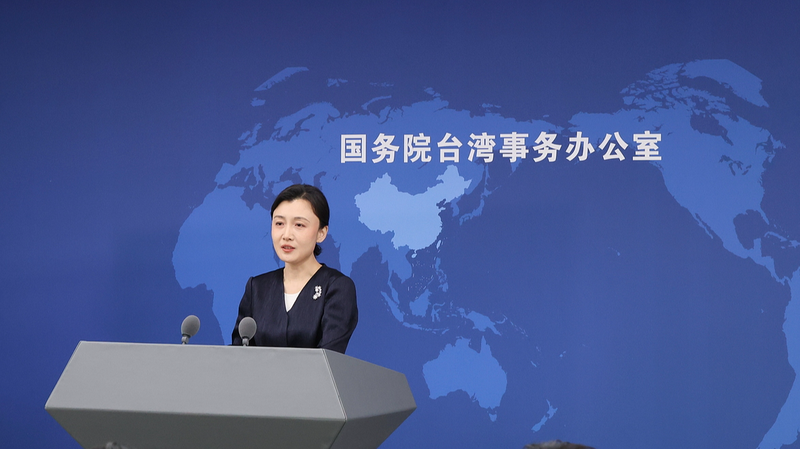2025 marks a turning point for the Chinese mainland. As the 14th Five-Year Plan concludes and the 15th is drafted, policymakers and businesses are eyeing the next growth cycle. He Ping, associate dean of the School of Economics and Management at Tsinghua University, offers a roadmap for leveraging financial reforms to sustain momentum.
Why 2025 Matters
"This year is a pivot," He Ping explains. "We’re at the intersection of finishing one strategic plan and launching the next. Financial system reform will set the pace for high-quality growth."
Three Pillars of Reform
- Deepening Capital Markets: Expanding bond issuance and stock offerings to channel more funding into startups and small businesses.
- Advancing Digital Finance: Harnessing fintech and digital yuan pilots to boost efficiency, inclusion, and cross-border payments.
- Strengthening Risk Management: Enhancing regulatory frameworks to guard against debt buildup and financial shocks.
From Blueprint to Impact
He Ping underscores that reforms must translate into real-world benefits: more jobs in emerging industries, greater access to credit for young entrepreneurs, and greener investment channels. "Financial power means empowering people," he notes.
Global Implications
China’s push for a stronger financial center will ripple across G20 markets. More open capital flows and clearer regulation can attract overseas investors, while stronger domestic demand fuels global trade.
Looking Ahead
As the nation charts its 15th Five-Year Plan, He Ping’s insights point to a future where smart reforms not only drive growth but also enhance resilience. For young business leaders, tech innovators, and global citizens, this signals new opportunities at the heart of a financial powerhouse in the making.
Reference(s):
He Ping: Financial system reform and China's future economic growth
cgtn.com




